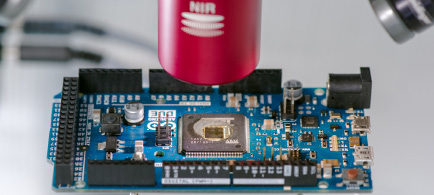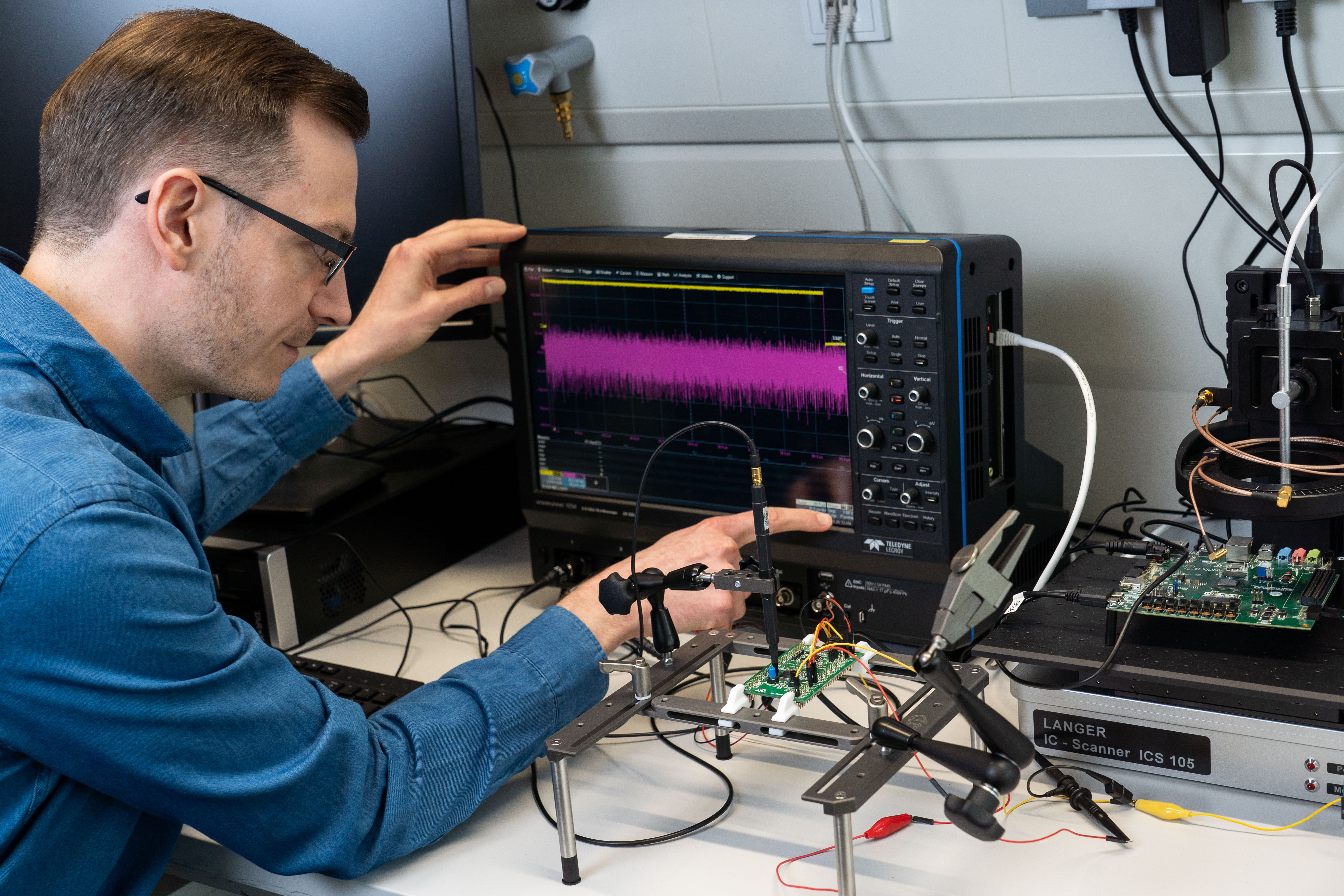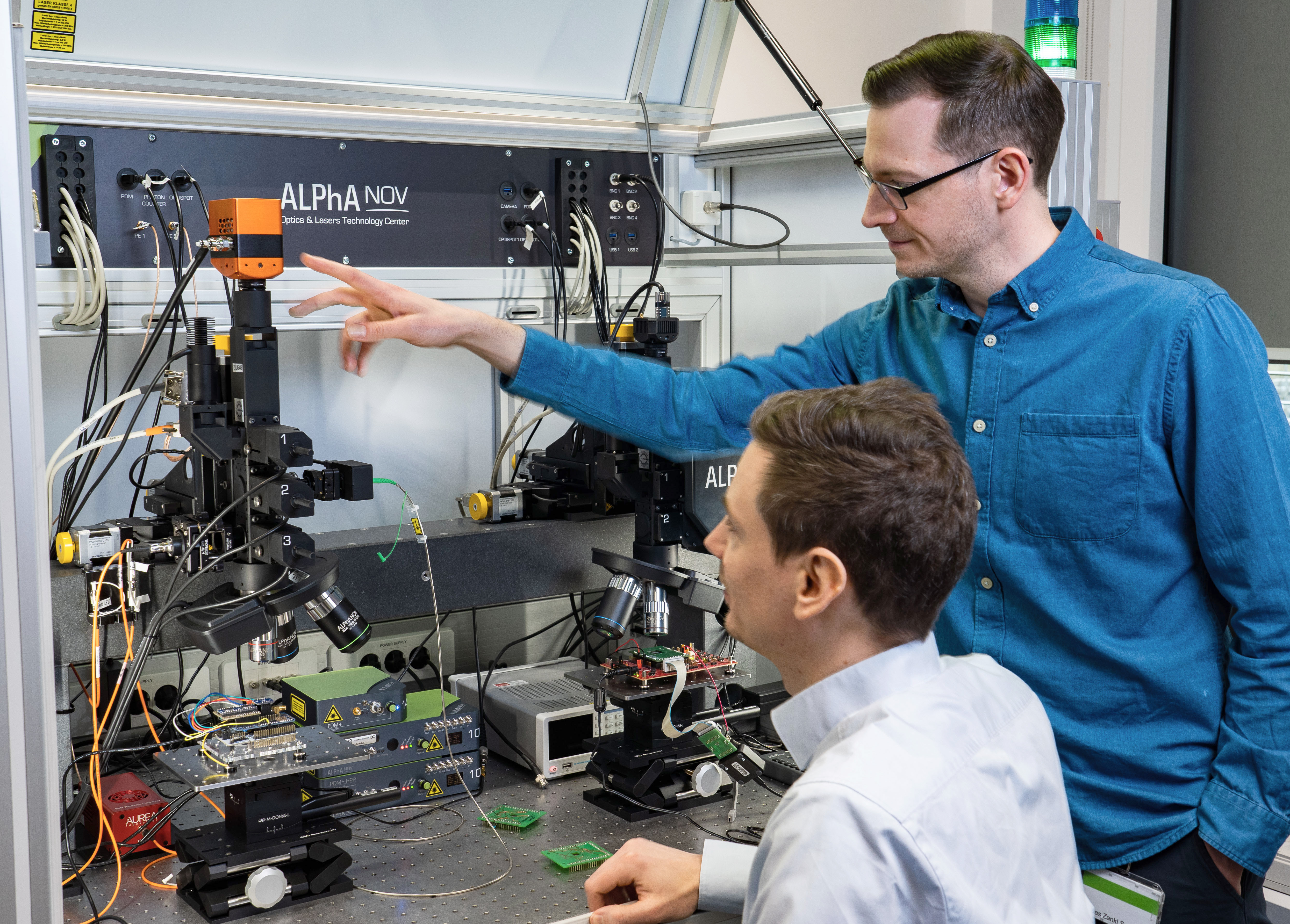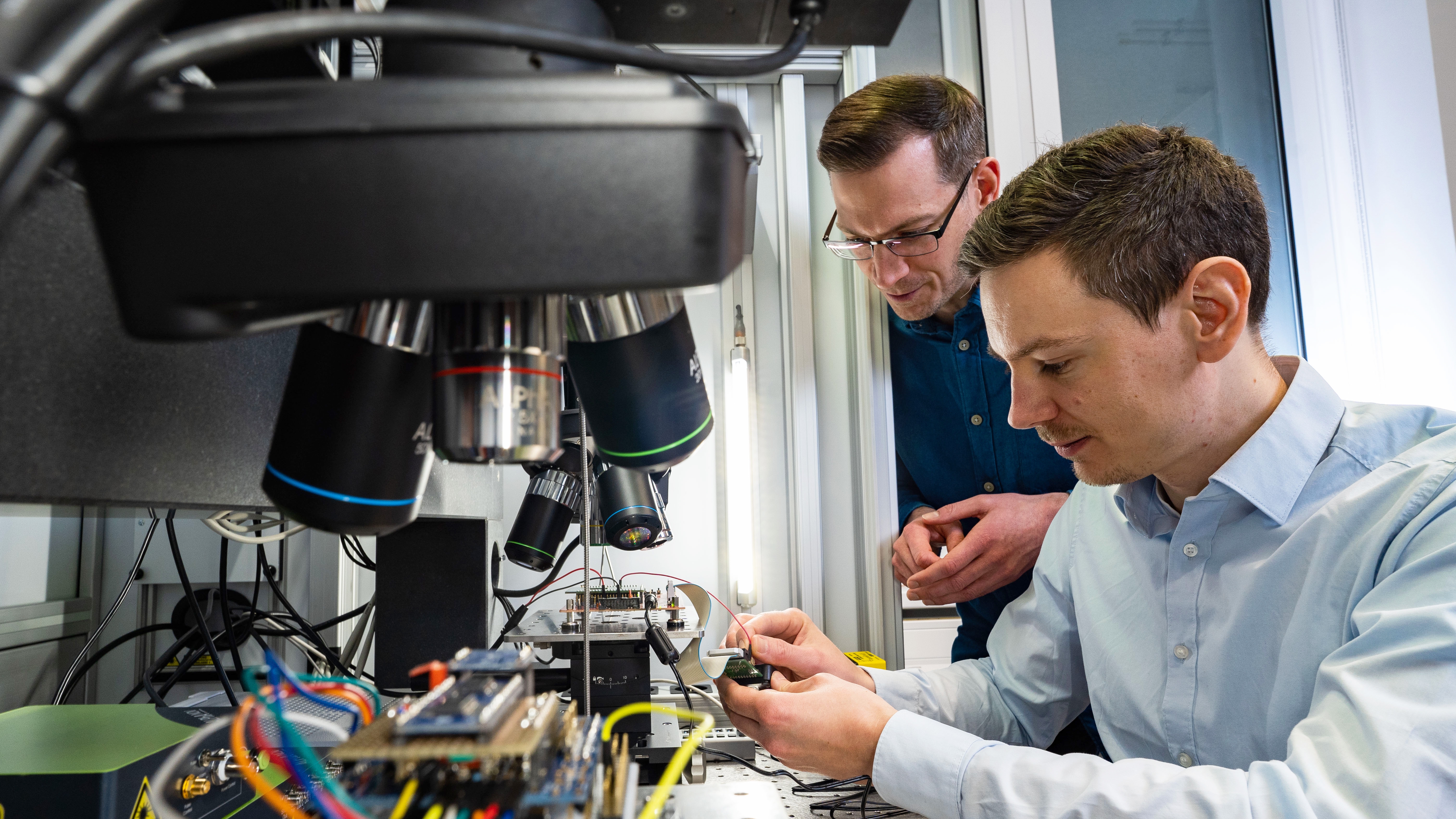What are trusted electronics?

The term “trusted electronics” refers to IT hardware — in electronic consumer devices such as computers or smartphones, for example, or in digital networks, machines and systems — which performs its intended functions reliably and precisely. Furthermore, it is possible to trace where the hardware comes from and how it is built.
Trusted electronics fulfill the following criteria:
- Quality and reliability: Trusted electronics can be operated reliably throughout the entire product life cycle within a framework defined in advance in the specifications.
- Known and complete specifications: Trusted electronics perform precisely and only those functions that are set out in their specifications. They do not contain any functionalities that are open to abuse or have been inadvertently or deliberately introduced and could result in the system being hacked.
- Protection against unauthorized modifications: Trusted electronics contain security mechanisms which protect them against unauthorized modifications. This also means that secret cryptographic keys need to be stored to enable secure communication with the electronics and to protect against tampering.
These requirements need to be fulfilled in order for companies, institutions and private individuals to be able to trust the electronics they use in a globalized world — whether it is in the context of everyday use, critical infrastructures, Industry 4.0, the automotive sector or medical devices — to do what they are supposed to do.
 Fraunhofer Institute for Applied and Integrated Security
Fraunhofer Institute for Applied and Integrated Security 



